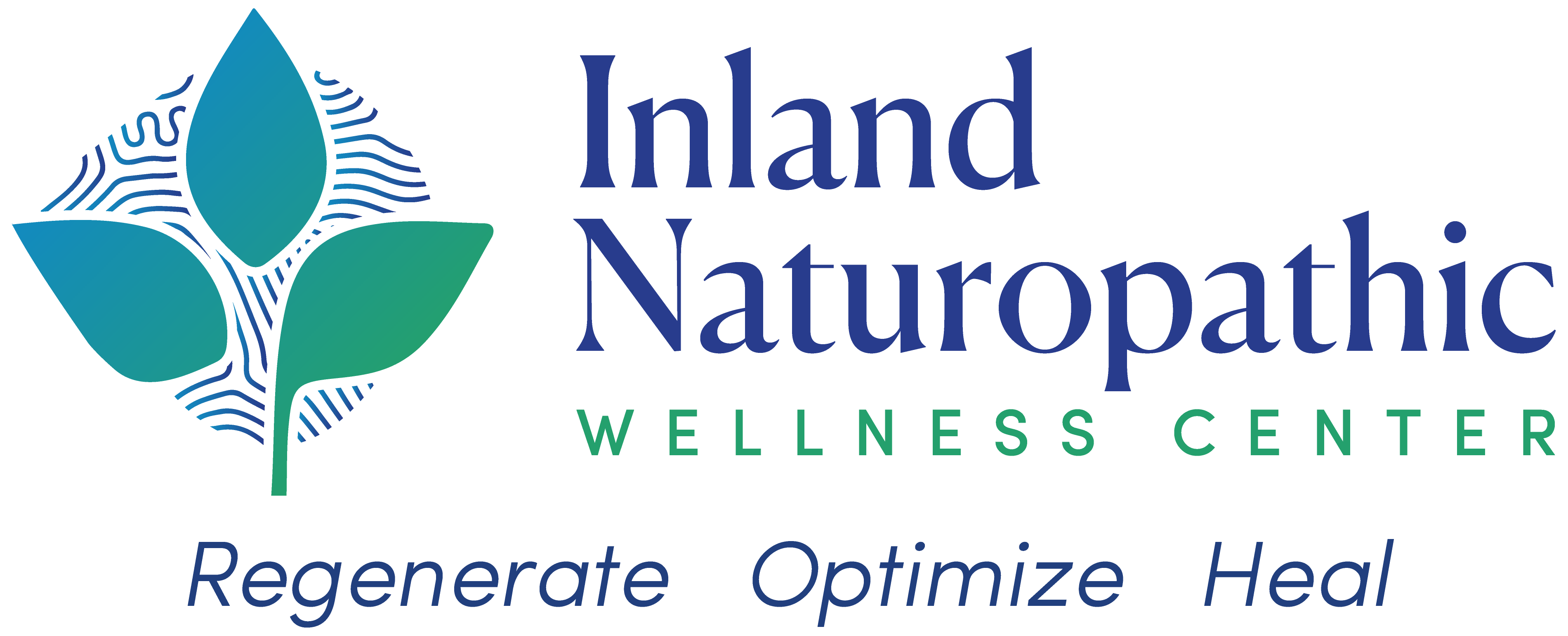Three in every four women experience some degree of premenstrual syndrome (PMS) and about fifty percent of these women seek medical care for their symptoms. PMS usually occurs with spikes of both estrogen and progesterone, and symptoms can range from very mild to severely intense. When the symptoms are intense it is known as premenstrual dysphoric disorder (PMDD). This is when cramping, breast tenderness, abdominal bloating, acne flare-ups, mood swings, constipation, and food cravings, seem to be “on steroids.” In this blog, I discuss the most common PMS complaints and what I have found to be most beneficial in resolving them for my clients.
Cramping, Breast Tenderness and Food Cravings
Cramping is often one of the most common complaints I hear from my clients. It can sometimes be intolerable and distressing. For cramping that accompanies your menstrual cycle I prescribe purified fish oils with a high concentration of the fatty acids eicosapenteanic acid (EPA) and docosahexaneoicacid (DHA) and combine anti-inflammatory and anti-spasmodic herbs such as Piscidia, Viburnum and Curcuma longa. This combination helps down-regulate the arachidonic acid cascade, decreasing inflammation and pain. Because of its rich phytonutrient components Curcuma provides tremendous relief from cyclic cramps and pain associated with PMS, plus it has an affinity for the pelvic area.
Breast tenderness often accompanies the hormone fluctuations of PMS also. Cyclical tenderness can be accompanied by fibrocystic changes, a benign condition of the breast resulting in lumpiness and pain. On examination your breast may seem to have the consistency of popcorn. For this, I include Vitex agnus which is a great female balancing herb that helps with resolving cyclical breast tenderness. Through its flavonoids, it exerts its benefits by inhibiting prolactin production while normalizing progesterone production. Vitex is indeed useful in many gynecologic complaints such as PMS.
Food cravings can be overwhelming, especially for foods that mostly work against you like sweets, coffee, wine, chocolate, and cheese. Overeating these foods drive the inflammatory process by promoting the more inflammatory arachidonic acid cascade, further contributing to intolerable cramping pain. Magnesium, the fourth most abundant mineral helps to decrease the intensity of these PMS related food cravings. And PMS related food cravings may be associated with magnesium deficiency. Some magnesium rich foods include kelp, wheat bran, pecans, almonds, cashews, buckwheat, walnuts, tofu, and brown rice.
The Evil Twin, Premenstrual Dysphoric Disorder
PMDD is the more severe form of PMS. If PMS symptoms do not resolve with the therapies discussed previously, then you are most likely dealing with PMDD. You are either producing too much estrogen, not enough progesterone or your progesterone is being used up too fast. This is known as an estrogen dominant state, or estrogen dysregulation. I successfully help relieve these severe symptoms by combining progestogenic botanicals and natural progesterone and prescribe them to be taken from ovulation to the start of your period. Over time your menstrual cycle will improve, and your PMS symptoms will lessen if not disappear.
In both PMS and PMDD, I focus on helping my clients improve their estrogen regulation. To help reduce estrogen burden, consume an abundance of estrogen detoxifiers; compounds found in the Brassica family of vegetables such as cauliflower, broccoli, rhubarb, brussels sprouts, and collard greens. They contain the compound indole-3-carbinol which supports the metabolism and detoxification of estrogens that your body produces and xenoestrogens that your body gets from food intake or environmental pollutants. I may prescribe the herb Lepindium meyenii (Maca) which also promotes estrogen breakdown. Together these steps restore healthy estrogen to progesterone ratios and help reduce the discomfort of both forms of PMS.
Summary
PMS occurs when there are spikes of both estrogen and progesterone; symptoms can range from very mild to severely intense. The more severe form of PMS is known as PMDD. Symptoms include cramping, breast tenderness, and food cravings. Recommendations for PMS include the herbs Piscida, Viburnum, Curcumin, and superior quality fish oil for inflammation and cramping pain. For breast tenderness I often recommend Vitex for progesterone support. Magnesium can help decrease the intensity of your PMS related food cravings. For PMDD symptoms, I advise Maca, indole-3-carbinol and prescription grade natural progesterone help restore hormonal balance and ease discomfort. These strategies all treat PMS and PMDD by improving estrogen to progesterone ratios.
There are no one-size fits all treatments for the hormonal shifts that contribute to PMS. I hope this article provides insight into the factors that contribute to PMS and PMDD as well as effective solutions to their often-distressing symptoms.
To learn more about how our comprehensive approach can help you achieve the health you deserve call 909-981-9200 to schedule your FREE DISCOVERY CALL.
About Author: Dr. Sasha Blisset
Dr. Sasha Blissett is a California State licensed Naturopathic Doctor, who found her passion for naturopathic medicine while battling her own health and skin issues. She specializes in women’s health and takes the time to listen to her patient’s health concerns so she can understand and address the root cause of illnesses. Dr. Blissett is a member of the American Academy of Anti-aging Medicine, Association for the Advancement of Restorative Medicine, the Integrative Dermatology Learnskin, and California Association of Naturopathic Doctors.

